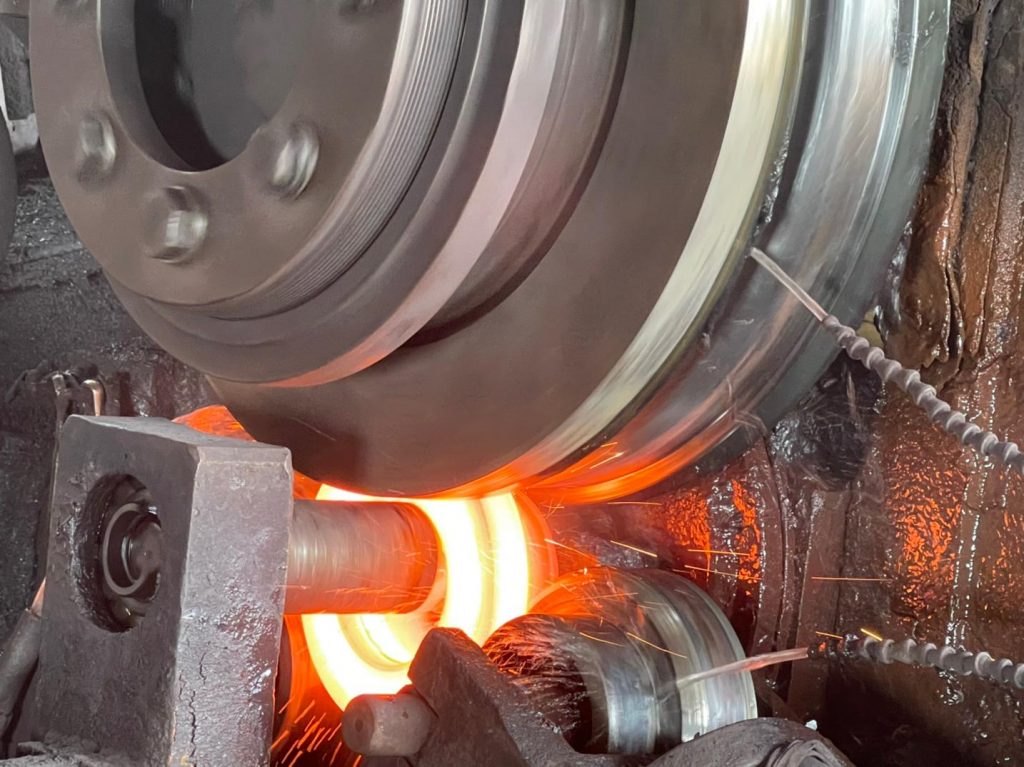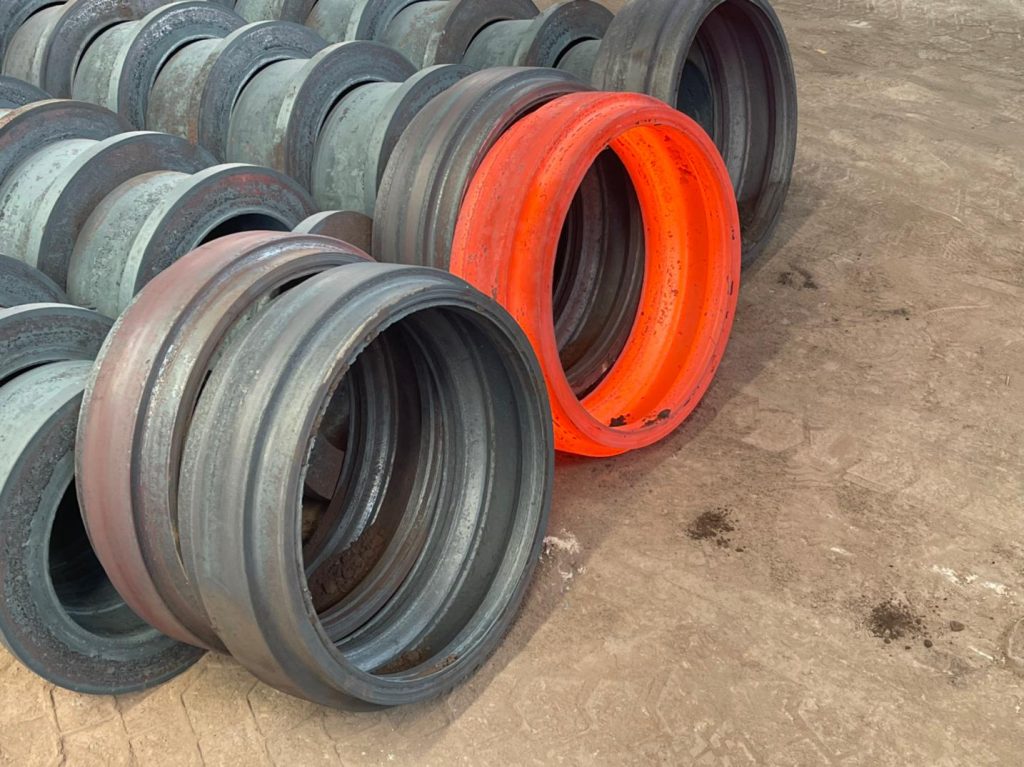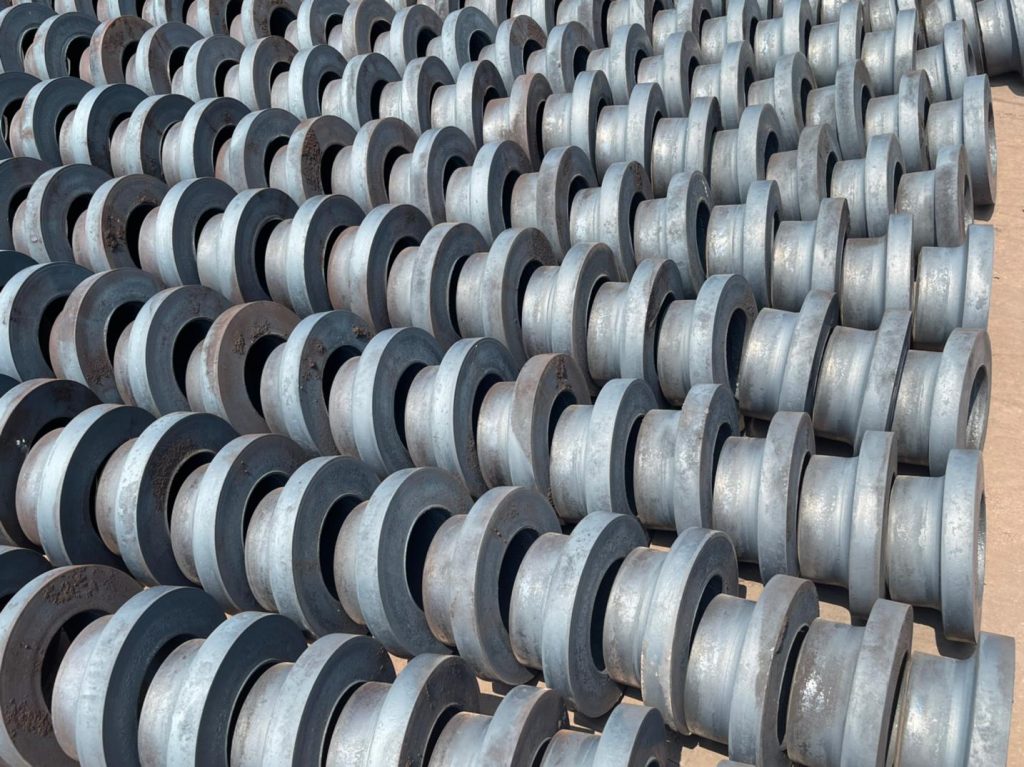Forging Principle: How to Use Color to Gauge the Right Forging Temperature
When it comes to forging, one of the most crucial aspects that can make or break the process is knowing the right temperature. And believe it or not, the color of the metal can tell you a lot about whether you’re in the sweet spot for forging. So, how exactly does this work? Let’s break it down.
Understanding the Role of Temperature in Forging
Forging is a process that involves shaping metal by applying compressive forces. But here’s the catch—if the metal isn’t at the right temperature, you could end up with cracks, weak spots, or even a ruined piece. That’s where the importance of temperature control comes into play.
The Art of Observing Color Changes in Metal
So, how do you know if the temperature is just right? You don’t need a fancy thermometer; instead, you can rely on your eyes. As metal heats up, it changes color, giving you a visual cue about its temperature. This is especially useful in traditional forging setups where high-tech equipment might not be available.
Breaking Down the Color Spectrum
When you heat metal, it goes through a spectrum of colors, each indicating a different temperature range. Here’s a general guide:
- Dark Red (About 600-800°C or 1112-1472°F): This is the lower end of the forging temperature. At this stage, the metal is just starting to get malleable, but it’s not quite ready for serious work.
- Bright Red to Orange (About 800-1000°C or 1472-1832°F): Now we’re talking. This range is ideal for most forging processes. The metal is soft enough to shape but still retains enough strength to avoid structural issues.
- Yellow to Light Yellow (About 1000-1200°C or 1832-2192°F): This is where you’ll want to be for more intense forging tasks. The metal is at its most pliable, allowing for easier shaping with less force.
- White (Above 1200°C or 2192°F): Be careful here. While the metal is extremely soft and easy to work with, it’s also at risk of burning or becoming too brittle.
Why Color Matters in Forging
You might wonder why this color observation technique is so important. Well, it’s all about ensuring that you’re working within the optimal temperature range. Working at too low of a temperature could make the metal too tough to shape, while too high a temperature could lead to problems like scaling or even melting the material.
- Start with a Clean Surface: Before heating, make sure your metal is clean. Dirt and oxidation can skew the color, making it harder to judge the temperature accurately.
- Consistent Lighting: Try to observe the color in consistent lighting conditions. Natural light is usually the best, but if you’re working indoors, make sure the lighting doesn’t alter the way you perceive the color.
- Practice Makes Perfect: The more you forge, the better you’ll get at recognizing these color cues. Over time, you’ll develop an instinct for knowing when the metal is just right.
Mastering the Art of Color in Forging
In the world of forging, temperature control is everything, and the color of the metal can be your best guide. By paying close attention to these visual cues, you can ensure that you’re always working at the optimal temperature, leading to better results and fewer mistakes. So next time you fire up the forge, remember—let the colors guide you.
Advantages of using ring rolling machines
- High Precision: Ring rolling machines can produce parts with high precision and consistency.
- Versatility: They can process a wide range of materials and can produce a variety of shapes and sizes.
- Efficiency: Ring rolling machines can produce parts quickly and in large quantities, which can save time and labor costs.
- Quality: The process can improve the mechanical properties of the material, resulting in high-quality parts.
- Cost-effective: Due to the high yield and low waste, ring rolling is a cost-effective method of production.








